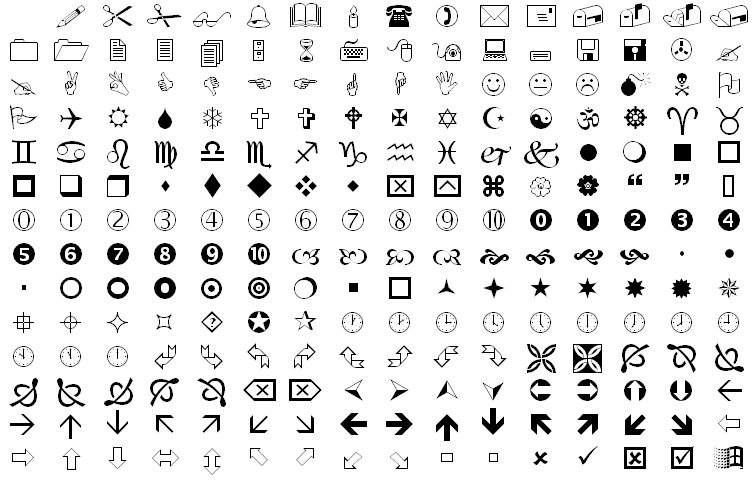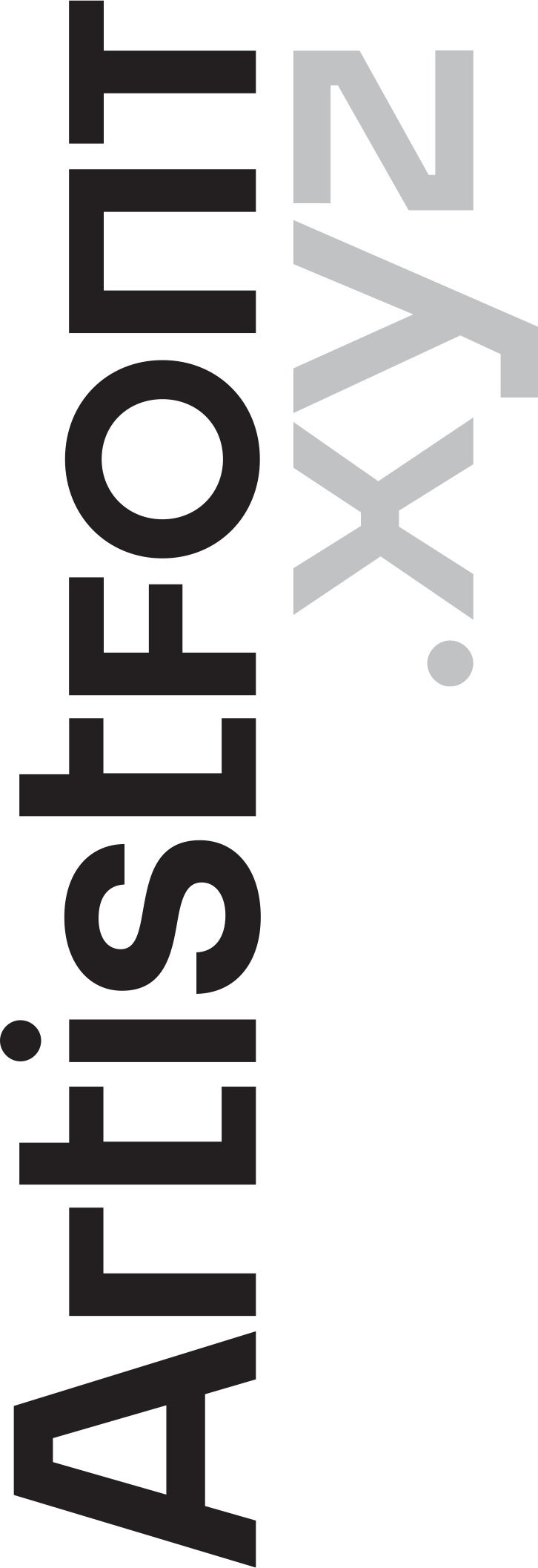Application Deadline June 30, 2022 at Midnight
Mission
WIP Please direct questions to Dimitry at hello@artistfont.xyz
Fonts are a defining part of and catalysts for creating culture. For centuries, fonts have been containers of form, mediums of expression, and tools for collaboration. Their very ubiquity is the primary reason artists should not just use but create fonts. Another is their accessibility and technological fluidity—fonts can be easily shared and used in countless ways.
For our purposes as a digital foundry, a font is fundamentally a piece of software that contains a table of visual artifacts called glyphs. Each glyph is a single representation of a character, typically a letter, number, or punctuation mark in typefaces. But they can be any visual symbol we see on our screens when we tap the keys on a physical or digital keyboard.
Fonts can be printed, projected, animated, extruded into 3D shapes, stenciled, embedded into websites and apps, extruded into signage, dropped into the metaverse, and most importantly, licensed commercially, creating new markets for artists and their collectors.
ArtistFont was founded to facilitate and promulgate font creation by artists and other creatives without a font or type design background. Our mission is to empower artists by facilitating new modes of expression, collaboration, and revenue opportunities for their work through digital fonts and derivative works.
Using fonts is so easy that most people barely think about it. Creating fonts remains technically challenging and laborious. ArtistFont eliminates all the technical hurdles and difficulties. We process your original art to ensure each glyph is suitable for encoding in software distributed as a font file. ArtistFont also handles packaging, marketing, licensing keys, and hosting fonts for safely embedding them in websites and apps. You can focus on creating the best fonts you can imagine.
Founder, Dimitry Saïd Chamy, has a design and fine arts background, studied letterform and font design with some of the best designers in the field, and personally guides all font development. He also has decades of extensive technological product design and entrepreneurial consulting experience.
Dingbat fonts have existed for centuries in metal type and decades as digital fonts. A dingbat is a design that is not a letter, number, or punctuation mark in a font. Dingbats include symbols with specific uses like the asterisk * or hashtag # in typographic fonts. Dingbats can also be found in entirely non-typographic fonts for use as ornaments. Fleurons are one type of ornamental dingbat inspired by classic floral and botanical motifs. They were used as framing devices, dividers, and accents in traditional metal typesetting.
The most well-known dingbat font is probably Wingdings designed by Charles Bigelow and Kris Holmes for Microsoft and released in 1990.

Wingdings Glyph Set
Dingbats are a great entry point to font creation for artists because they are essentially drawings and symbols. They don’t demand the technical rigors and design skills that typographic fonts require such as kerning pairs. Unlike the alphabet, dingbats don’t have to carry specific historic and culturally agreed-upon meanings or work as a combinatorial visual system representing the phonetics in spoken language. Dingbats clear the way for original symbolic expression.
To make it as easy as possible for artists and users of our fonts, ArtistFont has set a minimum requirement of 62 glyphs for dingbat font releases. These glyphs map to the upper (26) and lowercase (26) alphabet keys, and the numeral keys (10) as follows:
ABCDEFGHIJKLMNOPQRSTUVWXYZ
abcdefghijklmnopqrstuvwxyz
0123456789
If you have a specific mapping/sequence in mind, it is essential to make that clear when submitting your artwork or later in consultation with your font designer. Otherwise, the glyphs will be randomly assigned to the keys on the keyboard. You can also include additional elements as alternate glyphs for existing characters in your font or map them to entirely different characters in your font.
Though dingbats are not letters, when considering some of the formal qualities that favor good dingbats, it helps to think of them that way:
But unlike letters:
Yet, consider the power of mapping and usage patterns:
A collective typeface is ArtistFont’s concept for a font designed collaboratively with a group of artists with the foundry acting as facilitator, commissioner, and creative and technology partner.
The turnaround time for font creation takes about 5 business days. Release to the ArtistFont store depends on the type of release and whether it is part of a special collective collection release set. Standard releases are scheduled on a monthly basis for all fonts created the prior month.
Artists always retain the copyright to the original artwork they submit to ArtistFont to create a font. The fonts created with the artwork in collaboration with ArtistFont fall under collective copyright between the artist and the foundry. Collective fonts involving glyphs made with the artwork of multiple artists also fall under collective copyright. The foundry retains the exclusive right to build and distribute fonts with the submitted artworks.
As owners of the copyright of their original arts, artists can create derivative works with their own fonts as long as the derived works are not fonts themselves.
ArtistFont is committed to fostering collaboration and community with creatives of diverse cultural and disciplinary backgrounds. The following actions will constitute grounds for blocking access to our service, removal of posted materials, and non-fulfillment of your font order (or any part of your order):
Yes, private font releases for limited editions or 1-of-1s are possible. Please contact us to discuss your font idea at hello@artistfont.xyz
Application Deadline July 31, 2022 at Midnight
Dimitry Saïd Chamy
We are deeply grateful for the enthusiastic appreciation, work, and support of the artists, businesses, and organizations helping to launch ArtistFont successfully. If you would like to join them please email Dimitry at hello@artistfont.xyz
© 2022 ArtistFont
© 2022 ArtistFont
We are building a digital foundry for artists interested in creating font-based works. Sign-up to get updates on our debut release, ArtistFont Miami 01 featuring dingbat fonts from 26+ artists from South Florida.
